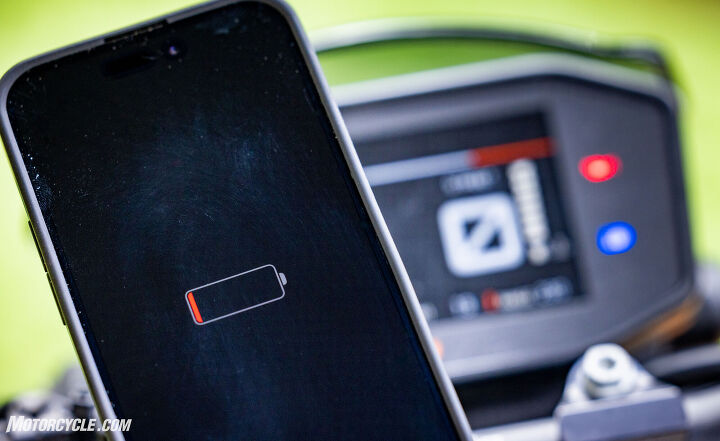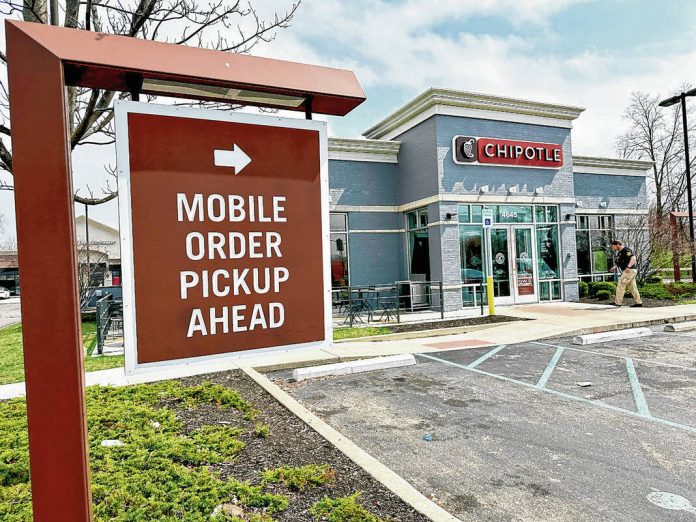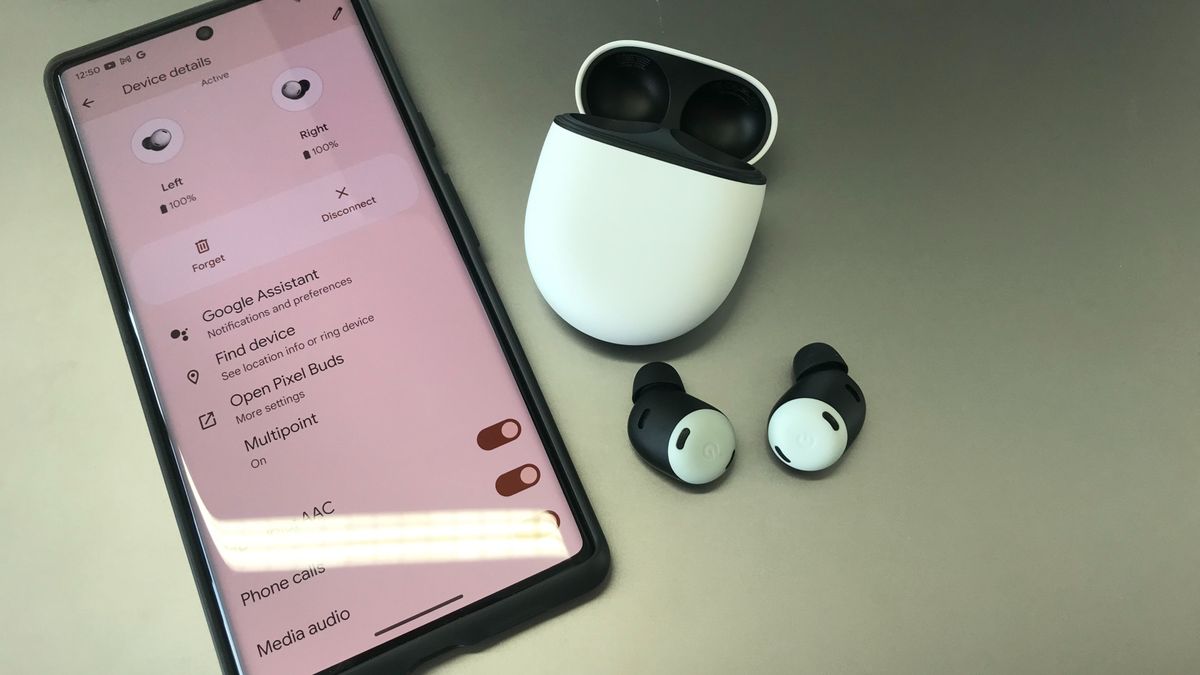IoT (Particularly Connectivity) Is in a Transition Phase: MWC Trends

The Mobile World Congress (MWC) provides a stage where leaders in connectivity and mobile technology come together to review the latest trends in the IoT and connectivity while also projecting predictions for the future. Matt Hatton, founding partner at Transforma Insights, shares expert observations from MWC 2023 regarding the present phase that IoT and connectivity is in.
Every year in late February, the mobile industry decamps en masse to Barcelona for Mobile World Congress. This provides an excellent opportunity to review the current state of the market for the internet of things (IoT), particularly in the context of connectivity. IoT is no longer the number one topic of conversation at MWC, having been supplanted by 5G, metaverse and private wireless, amongst other things. However, IoT connectivity is in a fascinating place at the moment, going through a period of very pronounced transition.
In February 2023, Transforma Insights unveiled its annual Communications Service Provider IoT Peer Benchmarking report, assessing the capabilities and strategies of 23 major providers of IoT connectivity. This research identified dozens of key trends that are affecting connectivity providers in the space, related to topics such as roaming, devices, satellite, cloud integration, services, security and compliance.
A visit to Mobile World Congress provided the opportunity to discuss these trends further. The analysts at Transforma Insights have identified a number of major transitions that are occurring in the IoT space. This article explores some of those key issues, which we are referring to as ‘Transition Topics’, how they are manifesting themselves, and the implications for the industry.
See More: A Reality Check on Mobile Private Networks and Private Wireless
1. From Infrastructure to Software
Probably the overriding theme in IoT connectivity today is the evolution from being focused on infrastructure to being focused on software. Network Function Virtualisation, the simplicity of building middleware platforms and spinning up core networks, and similar trends have virtualized the provision of connectivity. Running an access network, as done by the Mobile Network Operators, is less and less critical to providing innovative connectivity services. As a result, the IoT MVNOs such as 1NCE, Emnify, Eseye, KORE, Soracom and Wireless Logic are increasingly assertive and doing interesting, innovative things, as outlined in the CSP IoT Peer Benchmarking Report.
This doesn’t mean that the MNOs, such as AT&T, Deutsche Telekom, NTT, Verizon and Vodafone should throw in the towel. Far from it. They remain the key players to beat. However, they are certainly looking over their shoulders at the MVNOs and also thinking about how they could harness some of the ‘MVNO energy’ in their own operations in terms of being more cloud-native, faster moving and reducing overheads.
2. Connectivity Management Platforms
The biggest piece of news in the IoT connectivity space for many years was announced in December: Aeris Communications would acquire the IoT capabilities of Ericsson, specifically IoT Accelerator (IoTA) and Connected Vehicle Cloud (CVC). Ericsson is one of the ‘big two’ in the Connectivity Management Platform (CMP) space, along with Cisco’s Control Center. The CMP is one of the key underlying pieces of middleware that mobile network operators (MNOs) use to manage connections, handle activation/deactivation, billing, analytics, reporting and various other functions. Cisco has also been through something of a transition in recent years with some price changes that weren’t always too welcome by their mobile network operator customers.
At the same time as there being disruption on the part of the two key players in the space, MNOs are also starting to look around for additional CMP options. Many are keenly focused now on how to support low-touch onboarding for low revenue prepaid customers, so as not to miss out on that part of the market which has been well addressed by IoT MVNOs. As a result, many are considering options for additional platforms rather than the typical approach of having a single CMP to address all their needs. The idea of supporting multiple platforms is nothing new, with the likes of Deutsche Telekom and Telefonica having done it for years. But, triggered by changing market dynamics, many are considering the likes of 1oT, Enea, Eseye, floLIVE and Mavoco as alternative platforms. Conversations between the MNOs and these alternative CMPs were plentiful in Barcelona.
3. eSIM and Remote SIM Provisioning
If we look back 3-4 years, the way to support cellular connectivity in multiple territories was relatively well defined: switch out SIM cards, use roaming or rely on proprietary multi-IMSI solutions. If we look 3-4 years into the future, we would expect there to be a steady state of options, including the use of SGP.31/32 IoT eSIM remote provisioning, and probably some rather more refined and settled versions of permitted permanent roaming.
But today, it’s the wild west. Things were disrupted in the last couple of years with the introduction of monthly recurring charges, which upset the old roaming models. But there hasn’t yet been a comprehensive set of arrangements put in place to replace it. Arrangements for access to eSIM profiles have taken some organizing and remain patchy, and the underlying SGP.02 M2M variant for remote SIM provisioning is universally seen as being yesterday’s technology, based on conversations with diverse operators at Mobile World Congress. This is another space characterized by transition.
See More: eSIM and iSIM Will Reduce Barriers to Adoption of the Internet of Things
4. From 2G/3G to LTE-M and NB-IoT
Even the networks used to carry the IoT traffic are changing dramatically. New NB-IoT and LTE-M networks, technically part of the 5G standard, are being introduced and, in a number of cases, are seeing quite a substantial adoption. As part of our CSP IoT Peer Benchmarking research, we asked about how widely adopted the new technologies are. In some cases, they account for as much as 40{38557cf0372cd7f85c91e7e33cff125558f1277b36a8edbab0100de866181896} of new business, mostly LTE-M. Not that NB-IoT has been standing still. In Europe, the likes of Telefonica and Telia have won substantial smart meter deals. And in China, there are hundreds of millions of NB-IoT devices used for a plethora of use cases.
The corollary to this is the fact that the technologies that were historically used to connect low data rate cellular connections are on the way out. In many countries, including notably the US in 2022, effectively 2G and 3G networks have been switched off. The same process is happening in Europe over the next 5+ years.
This is another case of ‘out with the old, in with the new’, transitioning from 2G and 3G networks to NB-IoT and LTE-M networks. And while we transition, there’s still some areas that need attention. Global coverage isn’t there yet, although growing, and roaming deals still need to be arranged. These are teething pains, but the transition will ultimately result in the availability of much better technologies, more appropriate for IoT, as discussed in the recent Transforma Insights report examining the impact of 2G/3G switch-off on the Internet of Things.
That’s Just the Start of It
The four trends identified above are just the beginning of the transitions occurring in IoT at the moment. Because this article follows hot on the heels of the Mobile World Congress, the focus here is on IoT connectivity. But the same trends also apply to numerous broader trends in IoT. For instance, we are seeing a pivot from IoT being focused on products and platforms to being focused on services and customization, recognizing that enterprises buy IoT in a vertical manner and need help with deployments.
Regulatory environments are also changing, particularly relating to national security and data sovereignty. Another example of transition is in the radical shake up happening in where application processing and data storage occurs, shifting from the cloud to the edge. And finally, and perhaps most fundamentally, more and more companies are evolving to being ‘net zero’. And these are not the only examples. The theme for IoT in 2023 is transition.
What trends do you observe in this transition phase for IoT? Share with us on Facebook, Twitter, and LinkedIn. We’d love to hear from you!
Image Source: Shutterstock
MORE ON IOT CONNECTIVITY
About Expert Contributors: The Expert Contributor program is designed to help kickstart meaningful conversations around the priorities and challenges most critical to C-level executives. The insights and perspectives will help CIOs tackle what’s most important to them. We are always looking for industry thinkers who can help set the narrative for our enterprise audience. To know more about this program, and submit your ideas, reach out to the Spiceworks News & Insights Editorial team at [email protected].








